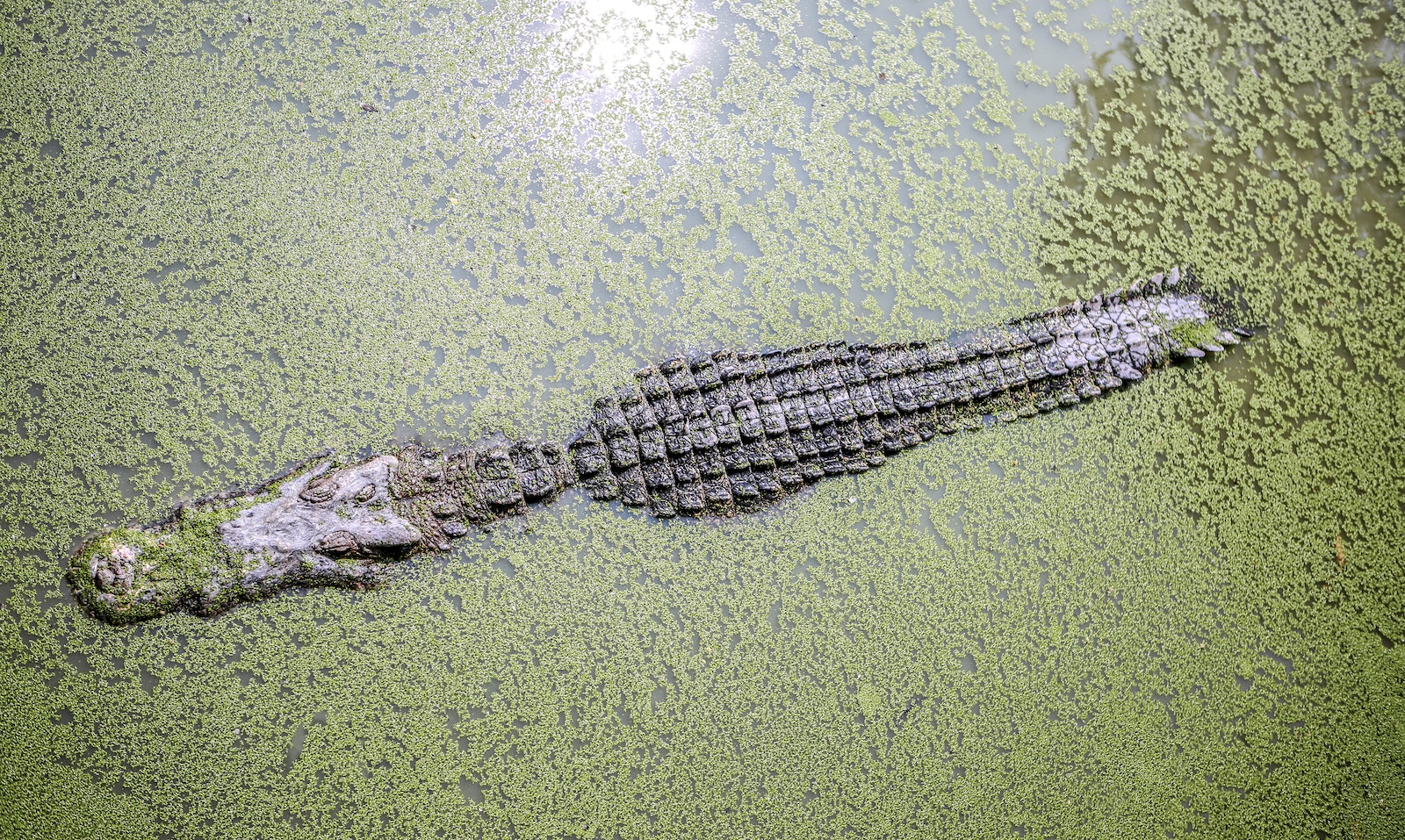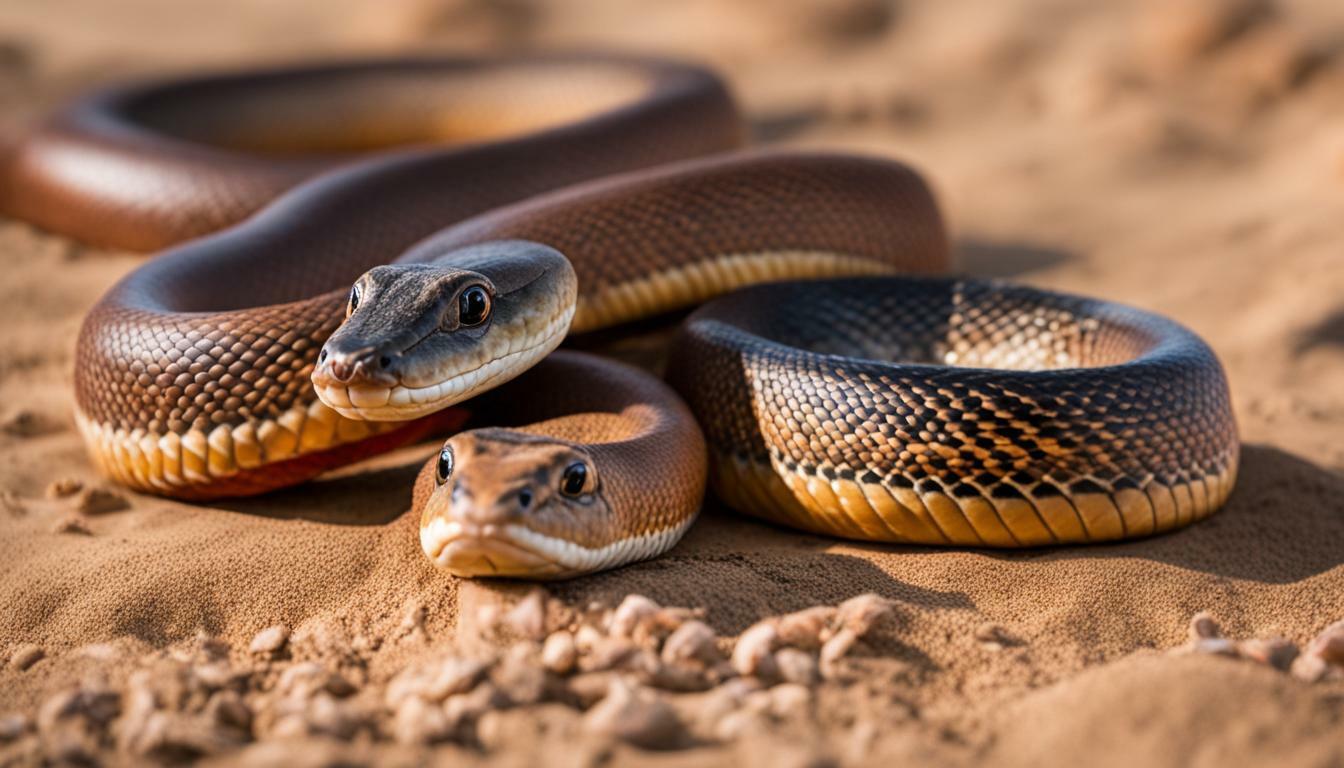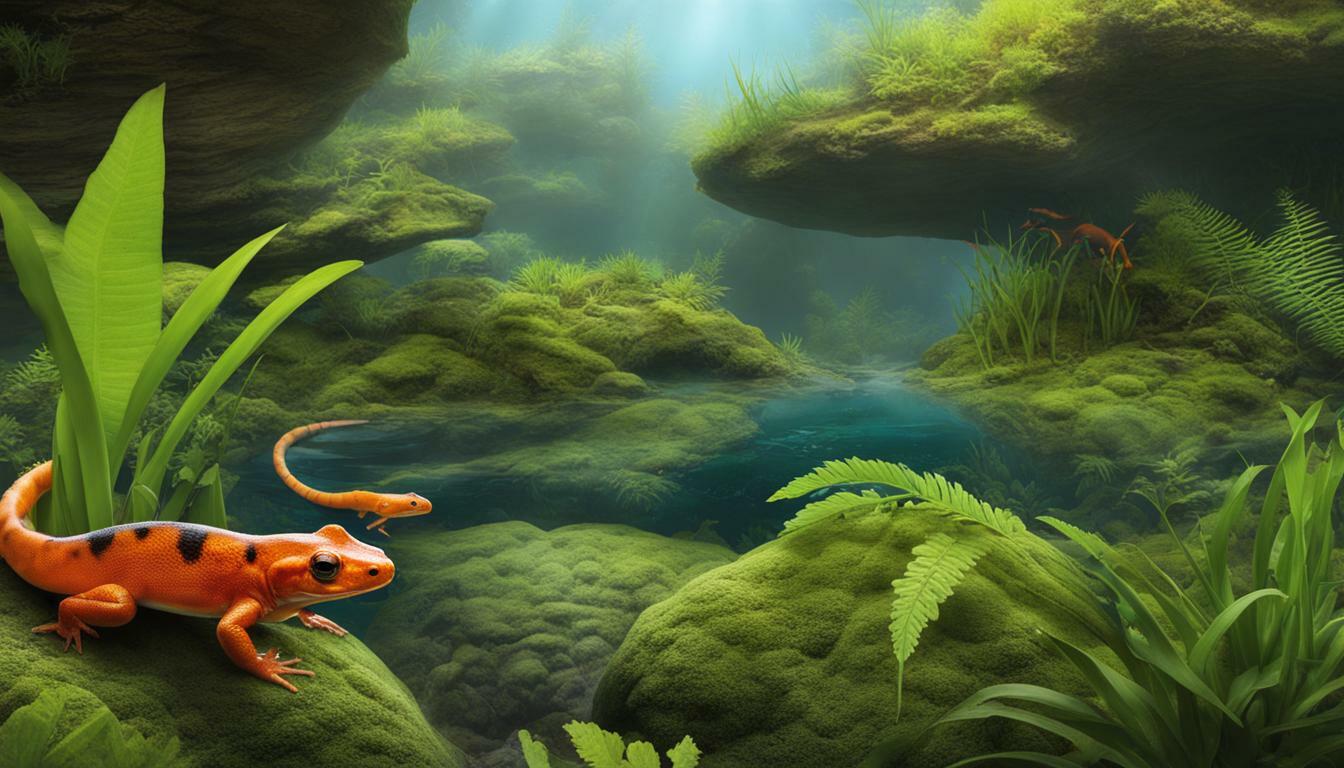When it comes to large, intimidating reptiles, American alligators and crocodiles are often at the top of the list. However, while these creatures share many similarities, there are key differences that set them apart. In this article, we will explore the physical characteristics, habitat, behavior, and more that distinguish American alligators from crocodiles, providing readers with a comprehensive understanding of these fascinating creatures.
Key Takeaways:
- American alligators and crocodiles are both large, formidable reptiles.
- Despite their similarities, there are key differences in their physical characteristics, habitat, and behavior.
- Understanding these differences can help readers gain a better appreciation for these amazing creatures.
Physical Characteristics and Size
American Alligators and Crocodiles share many physical similarities but there are some distinct differences that set them apart. Alligators have a more rounded snout, while crocodiles have a more pointed, V-shaped snout. Additionally, the fourth tooth on an alligator’s lower jaw is visible even when its mouth is closed, whereas in crocodiles, it’s only visible when its mouth is open.
Size is another factor that differentiates the two species. American Crocodiles are generally larger than American Alligators. On average, adult male crocodiles measure between 14 to 15 feet long and can weigh up to 2,000 pounds, whereas adult male alligators measure between 11 to 14 feet long and weigh up to 1,000 pounds. Female crocodiles are also larger than female alligators.
Both species have thick, scaly skin that acts as an armor against predators. Alligators have a darker skin tone compared to crocodiles. Moreover, crocodiles have salt glands on their tongue that allow them to excrete excess salt from their body, making them well adapted to living in saltwater habitats.
One interesting fact about both alligators and crocodiles is that they can grow new teeth throughout their life. They have approximately 80 teeth in their mouth at any given time, and will grow new teeth as they lose the old ones.
| American Alligators | American Crocodiles | |
|---|---|---|
| Snout Shape | Rounded | Pointed, V-Shaped |
| Visible Fourth Tooth | Yes | Only when mouth is open |
| Size | 11 to 14 feet long, up to 1,000 pounds | 14 to 15 feet long, up to 2,000 pounds |
| Skin | Darker | Lighter |
| Teeth | Approximately 80 teeth, grow new teeth throughout their life | Approximately 80 teeth, grow new teeth throughout their life |
In summary, American Alligators and Crocodiles have distinguishing physical characteristics and size differences. Understanding these differences can help differentiate the two species.
Habitat and Geographic Distribution
American Alligators and Crocodiles can be found in different habitats and geographic regions. While American Alligators are primarily found in the southeastern United States, Crocodiles are distributed worldwide in tropical and subtropical regions.
Alligators prefer freshwater habitats such as swamps, marshes, and wetlands, where they can find abundant food sources and a suitable environment for breeding and nesting. On the other hand, Crocodiles are more adaptable to different types of habitats, including freshwater, saltwater, and brackish water ecosystems. They can be found in rivers, lakes, estuaries, and even on coral reefs.
Another key difference between the two species is their tolerance to cold temperatures. Alligators are more cold-sensitive than Crocodiles and can only survive in warm climates. Therefore, they are restricted to the southern United States, while Crocodiles have a broader range of distribution that spans from Africa to Australia.
It is important to note that both Alligators and Crocodiles play a crucial role in their respective ecosystems, controlling prey populations and enriching the biodiversity of their habitats.
Behavior and Diet
American Alligators and Crocodiles exhibit different behaviors and hunting techniques. Alligators tend to be less aggressive and slower than crocodiles. However, both species can be dangerous to humans if they feel threatened.
One of the significant differences between the two is their diet. Alligators are primarily freshwater predators that eat fish, turtles, and small mammals. Crocodiles, on the other hand, are saltwater predators that feed on larger prey like buffalo, deer, and even sharks.
Another notable difference is their tooth structure. Alligators have a broader, U-shaped snout with teeth set in sockets, while crocodiles have a V-shaped snout and teeth that interlock. Alligator teeth are designed for crushing while crocodile teeth are ideal for tearing flesh.
Alligators tend to build their nests on the ground, while crocodiles build theirs in the water. Both species have a similar nesting and breeding process.
Overall, the behavior and diet of American Alligators and Crocodiles highlight their unique adaptations to their respective habitats and environments.
Conclusion
Overall, American Alligators and Crocodiles are two distinct species of reptiles with unique physical characteristics, habitats, and behaviors. While they may look similar at first glance, a closer examination reveals key differences that set them apart from each other.
American Alligators are found throughout the southeastern United States, particularly in freshwater habitats such as swamps, marshes, and rivers. They have broad, rounded snouts and tend to be less aggressive towards humans than Crocodiles. They also have fewer serrations on their back teeth, which are designed for crushing rather than slicing.
Crocodiles, on the other hand, are found in a much wider range of habitats, including freshwater and saltwater ecosystems throughout the world. They have narrow, pointed snouts and are generally more aggressive than Alligators. Their back teeth are heavily serrated and designed for slicing through flesh.
By understanding these and other differences, readers can gain a better appreciation for the unique qualities of each species. Whether you’re exploring the swamps of the southeastern United States or venturing into the wilds of Africa or Australia, it’s important to know how to differentiate between Alligators and Crocodiles to stay safe and to better appreciate the wonders of the natural world.
FAQ
Q: What is the difference between American Alligators and Crocodiles?
A: American Alligators and Crocodiles have several key differences. Alligators have a broad, rounded snout, while crocodiles have a narrow, pointed snout. Alligators are typically found in freshwater habitats, while crocodiles can live in both freshwater and saltwater environments. Additionally, alligators have darker skin and tend to be smaller in size compared to crocodiles.
Q: How can I tell if I’m looking at an American Alligator or a Crocodile?
A: One way to distinguish between an American Alligator and a Crocodile is by looking at their snouts. Alligators have a U-shaped snout, while crocodiles have a V-shaped snout. Additionally, you can look at their habitat – if you spot them in freshwater, it’s likely an alligator, whereas if you see them in saltwater, it’s likely a crocodile.
Q: Are American Alligators and Crocodiles dangerous?
A: While both American Alligators and Crocodiles are considered to be potentially dangerous, they typically do not pose a threat to humans if left undisturbed. They are more likely to avoid human interaction unless provoked or feeling threatened. It’s important to respect their space and not approach them in the wild.
Q: What do American Alligators and Crocodiles eat?
A: American Alligators and Crocodiles are carnivorous predators. They feed on a variety of prey, including fish, turtles, birds, and mammals. Their diet primarily consists of whatever is available in their habitat, and they are opportunistic hunters, ambushing their prey when they get close enough.
Q: Can American Alligators and Crocodiles coexist in the same habitat?
A: While it is possible for American Alligators and Crocodiles to coexist in the same habitat, they generally avoid direct competition by occupying different niches within their ecosystems. They have different preferences for freshwater vs saltwater environments, and their behavioral differences help them avoid direct conflict.
 Skip to main content
Skip to main content


